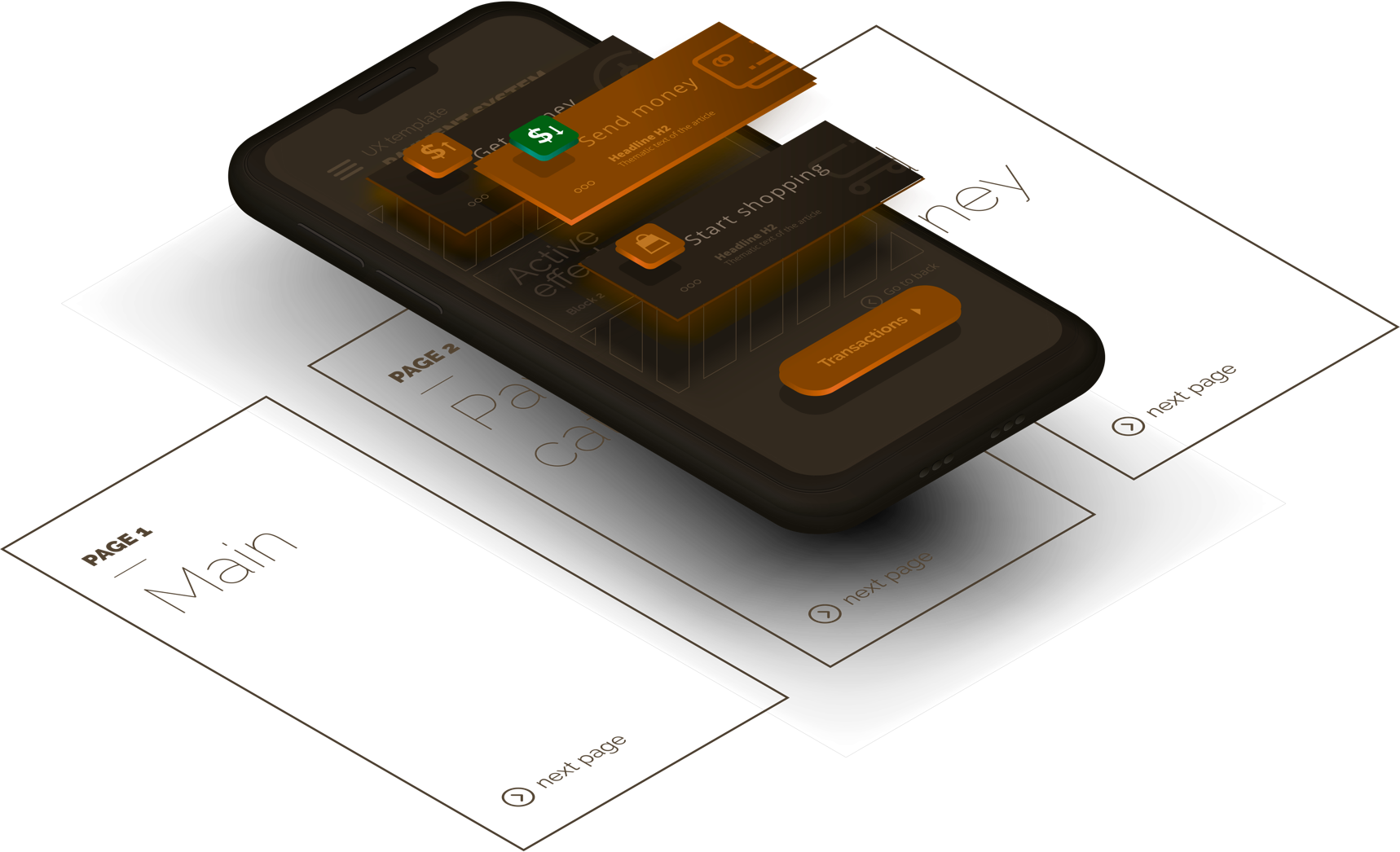How to configure cache
Details on how cache works and configuration for each platform (Android, iOS, Backend, WEB)
Beagle v1.5 is no longer actively maintained. The documented version you are viewing may contain deprecated functionality. For up-to-date documentation, see the latest version .
Currently, there are two cache labels on Beagle:
The volatile layer today depends on the persistent layer, meaning that only curly items on the persistent layer are candidates to the volatile cache.
It’s the cache that lays on the frontend application’s memory and it’s used to reduce the number of backend’s calls.
The entries on this cache layer has time duration defined by cache general configurations of each client’s platform.
You can check out how to configure the cache according to your frontend’s platform on the following links:
On this cache layer, there are two types of localization:
This cache is used to optimize BFF’s response - in terms of time and size -, in cases where there is no changes. The entries of this cache lasts until the server redeploy or the client is reinstalled.
The premisse to this cache works is that it has to always return the same JSON to the same request. To guarantee that, it’s necessary that this cache is the same according to its endpoint and specific platform as we can see in component’s platform specification.
In other words, an endpoint can return a static element because it can only work if it returns the same JSON, independently of any other specific platform.
The protocol acts in the beagle-hash header. BFF validates the received hashes and send a complete response or just the status HTTP 304 Not Modified (without the body).
When BFF responds with the status 304, the application loads the element in cache. If this does not happen, it stores the hash and render the received elements.

👉 See how to configure cache according to each platform (Android, iOS, Web e Backend).
👉Check out how cache works according to its types (reliable and unreliable).
Details on how cache works and configuration for each platform (Android, iOS, Backend, WEB)
Was this page helpful?
Glad to hear it! Please tell us how we can improve.
Sorry to hear that. Please tell us how we can improve.